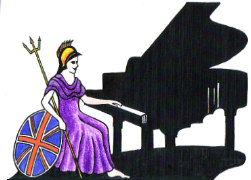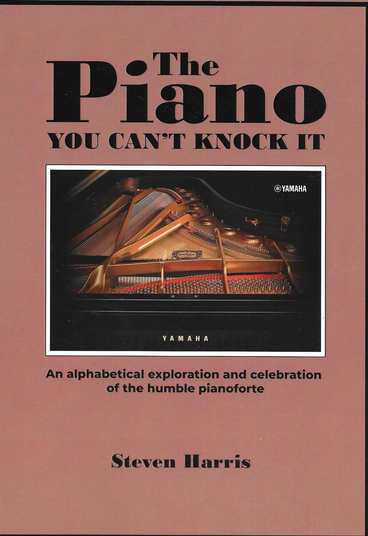At ACSME it would be fair to say that piano tuition is our heritage. We offer tuition for pleasure, for performance, for examination, for audition or for competition, with success in all of those areas.
Piano Study runs from beginners of any age & ability through to a standard beyond grades.
For examination study, we teach:
- Pure Classical through the Associated Board of the Royal Schools of Music (ABRSM)
- Jazz through the ABRSM Jazz Syllabus
- Contemporary/Pop through the RSL Rockschool or a tailor-made programme.
Those wishing to stay away from exam study and play for pleasure or development will experience lessons based around their individual tastes and needs. We have a full library of classical, jazz and contemporary music right up to current charting songs. Furthermore, because we are based in a state of the art studio environment, our clients can supplement their learning with custom-made accompaniment tracks and sheet music.



